Opposing Roles of Sphingosine 1-Phosphate Receptors 1 and 2 in Fat Deposition and Glucose Tolerance in Obese Male Mice
- PMID: 36690339
- PMCID: PMC9906621
- DOI: 10.1210/endocr/bqad019
Opposing Roles of Sphingosine 1-Phosphate Receptors 1 and 2 in Fat Deposition and Glucose Tolerance in Obese Male Mice
Abstract
Sphingosine 1-phosphate (S1P) is a bioactive sphingolipid that regulates fundamental cellular processes such as proliferation, migration, apoptosis, and differentiation through 5 cognate G protein-coupled receptors (S1P1-S1P5). We previously demonstrated that blockade of S1P2 signaling in S1P2-deficient mice attenuates high-fat diet-induced adipocyte hypertrophy and glucose intolerance and an S1P2-specific antagonist JTE-013 inhibits, whereas an S1P1/S1P3 dual antagonist (VPC23019) activates, adipogenic differentiation of preadipocytes. Based on those observations, this study examined whether an S1P1-specific agonist, SEW-2871, VPC23019, or their combination acts on obesity and glucose intolerance in leptin-deficient ob/ob mice. The oral administration of SEW-2871 or JTE-013 induced significant reductions in body/epididymal fat weight gains and epididymal/inguinal fat adipocyte sizes and improved glucose intolerance and adipocyte inflammation in ob/ob mice but not in their control C57BL/6J mice. Both SEW-2871 and JTE-013 decreased messenger RNA levels of tumor necrosis factor-α and CD11c, whereas they increased those of CD206 and adiponectin in the epididymal fats isolated from ob/ob mice with no changes in the levels of peroxisome proliferator activated receptor γ and its regulated genes. By contrast, VPC23019 did not cause any such alterations but counteracted with all those SEW-2871 actions in these mice. In conclusion, the S1P1 agonist SEW-2871 acted like the S1P2 antagonist JTE-013 to reduce body/epididymal fats and improve glucose tolerance in obese mice. Therefore, this study raises the possibility that endogenous S1P could promote obesity/type 2 diabetes through the S1P2, whereas exogenous S1P could act against them through the S1P1.
Keywords: S1P receptor; adipocyte; glucose intolerance; obesity; sphingosine 1-phosphate.
© The Author(s) 2023. Published by Oxford University Press on behalf of the Endocrine Society.
Figures

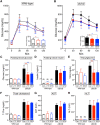
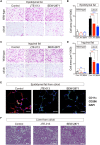
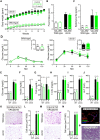
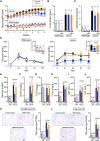
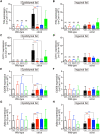
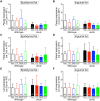


References
-
- Greenberg AS, Obin MS. Obesity and the role of adipose tissue in inflammation and metabolism. Am J Clin Nutr. 2006;83(2):461S–465S. - PubMed
Publication types
MeSH terms
Substances
LinkOut - more resources
Full Text Sources
Medical
Molecular Biology Databases
Research Materials
Miscellaneous

